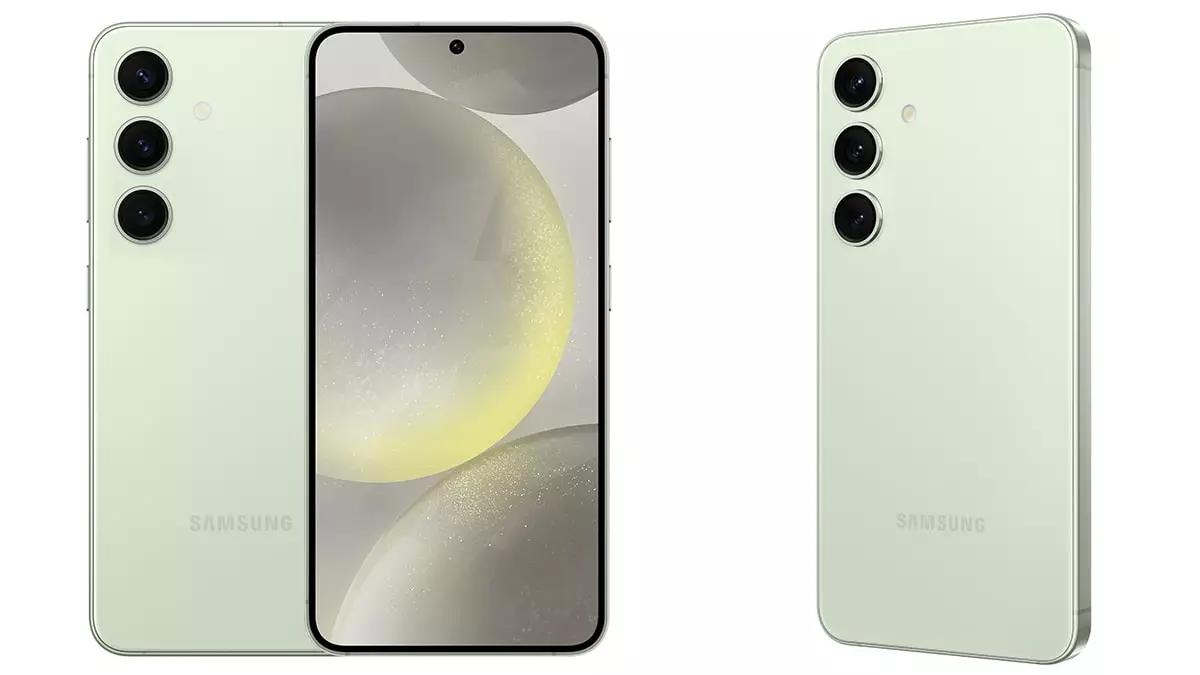The realm of smartphones is perpetually evolving, with manufacturers striving to innovate and capture consumer attention. Recent reports suggest that both Apple and Samsung are poised to introduce slimmer models in their flagship lineups, namely the iPhone 17 Slim (or Air) and the Galaxy S25 Slim. This anticipated shift marks a possible turning point in smartphone design, prioritizing sleekness without compromising functionality.
Apple’s iPhone lineup could see a significant transformation with the introduction of the iPhone 17 Slim, scheduled for potential release in the latter half of 2025. The concept of a slimmer iPhone aligns with Apple’s historical tendency to refine its product aesthetic, resulting in devices that are not only visually appealing but also ergonomically functional. While it remains uncertain whether this model will outright replace the existing Plus variant, it raises intriguing possibilities for the future of iPhones. The slimmer design could capture a segment of the market looking for portability coupled with modern tech standards.
In a parallel move, Samsung appears to be considering a similar strategy by planning the introduction of the Galaxy S25 Slim variant, as reported by South Korean sources. This model would complement the existing Galaxy S series, which typically consists of standard, Plus, and Ultra options. Notably, Samsung aims for a limited release of the Galaxy S25 Slim early in 2025, with careful monitoring of consumer feedback to determine the model’s future within their broader lineup. If successful, this might influence redesigns for subsequent releases like the Galaxy S26, indicating a potentially lasting impact on the Galaxy family architecture.
Both companies seem to be converging on the idea that thinner smartphones could resonate well with users. This positioning highlights a significant design evolution, especially for Samsung, which has not seen such a notable transformation in their Galaxy S series over the last four years. The planned implementation of cutting-edge materials, including low-temperature polycrystalline oxide (LTPO) OLED panels, further suggests that both models will not only be slimmer but also enhanced in terms of display quality and overall performance—both critical factors for discerning consumers.
The potential introduction of these slimmer models signals a broader trend in the smartphone market, emphasizing the importance of aesthetics in conjunction with technological advancement. As both Apple and Samsung aim to meet consumer demands for more sleek, attractive, and lightweight devices, it suggests that this shift could define the future landscape of mobile technology. Moreover, with competition intensifying, the success of these models could set new benchmarks in design and functionality, encouraging other manufacturers to adapt or risk obsolescence.
As we look towards the anticipated releases of the iPhone 17 Slim and Galaxy S25 Slim, the implications for the smartphone industry are substantial. Both Apple and Samsung appear committed to the idea of redefining mobile design by prioritizing a slim profile while retaining high-performance features. This dual approach may reshape consumer preferences and influence market dynamics in the coming years.


Leave a Reply